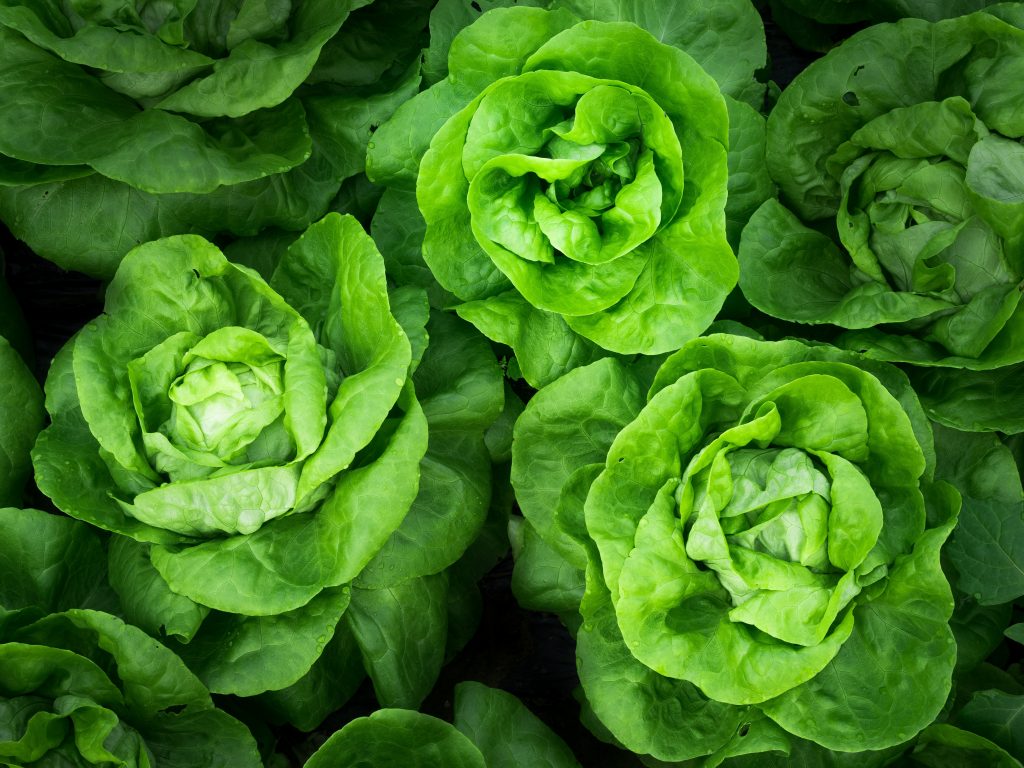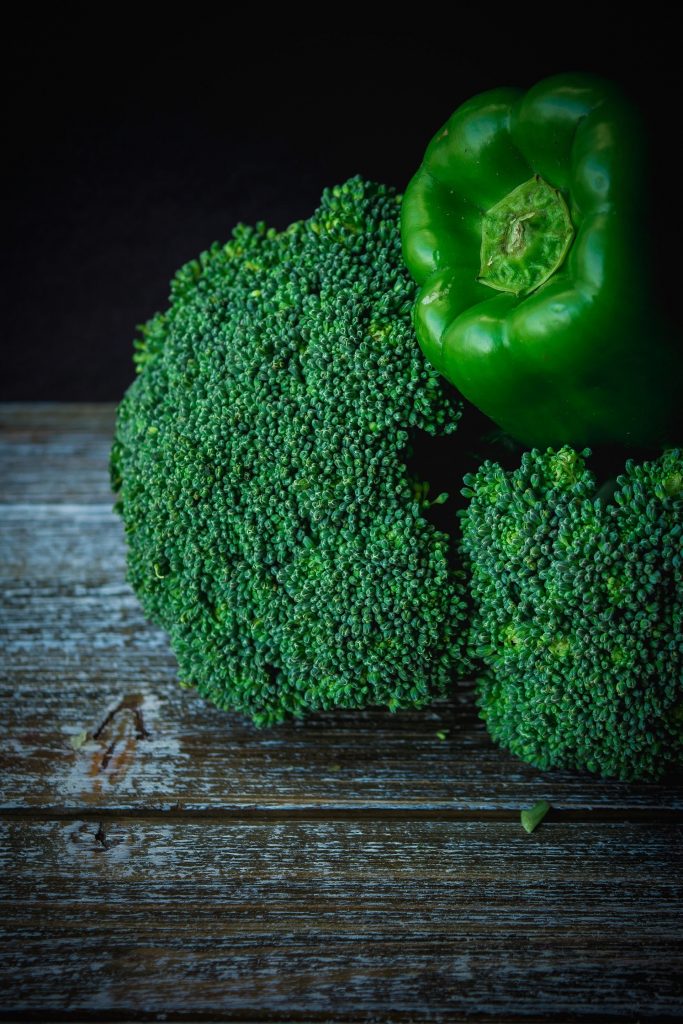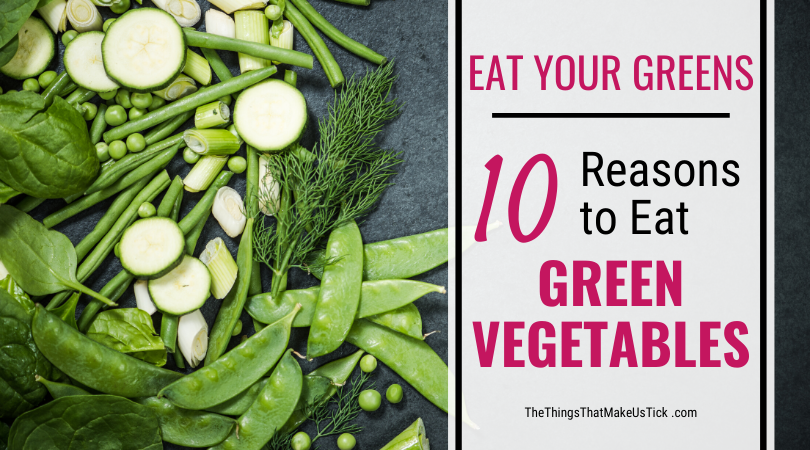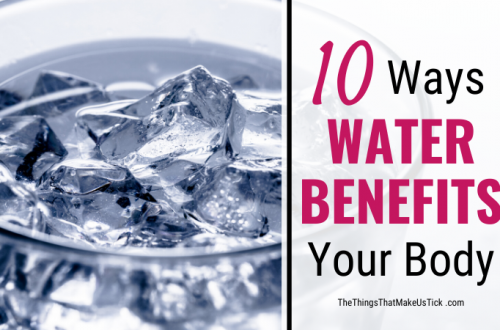Nearly every person has heard that it’s important to eat your veggies. You’ve likely been told that, when you eat green vegetables as part of a meal, you are making a smart choice. You’re ensuring your diet is giving your body what it needs to thrive.
But not everyone knows why green veggies are so vital to health. With that in mind, here are ten reasons to eat green vegetables.

1. Antioxidants
When you want a reliable source of antioxidants, it’s wise to eat green vegetables. Green veggies are rich in vitamin A, which helps your build maintain its natural defenses. Plus, you’ll also get a solid dose of vitamin C, vitamin E, and vitamin K, which help with healthy bones and skin as well as healing and protecting against cell damage.
2. Minerals
Consuming green vegetables, particularly dark leafy greens, ensures you are getting enough of certain minerals. For example, spinach is an excellent source of magnesium, a critical mineral for muscle health that also assists with calcium absorption and, as a result, helps with bone formation and strength.
Green veggies can also help you get enough potassium, which acts as a mineral and electrolyte. It works with sodium to keep heart rhythms in check and muscle contractions right. Plus, it may assist with the prevention of stroke, osteoporosis, and kidney stones.
3. Fiber
Natural fiber can help you feel fuller longer. Plus, it aids digestion and slows the speed at which the human body can absorb sugar. When you eat green vegetables as part of a meal, it can help with the prevention of blood glucose spikes.
4. Eye Health
When you eat dark leafy veggies, you are taking in lutein and zeaxanthin, both of which benefit eye health. Since you need at least 10 mg a day, adding more vegetables to your diet helps you reach the minimum threshold with greater ease.
Plus, the vitamin A also helps with eye health. It supports normal vision, and green veggies are a great source.

5. Serotonin
Getting enough folate, which is found in leafy green vegetables, might help improve your mood. Folate is critical for the production of serotonin, one of the feel-good chemicals in the brain.
6. Hydration
If you want to stay hydrated, choosing the right foods can help. Green vegetables contain a lot of water, so they can assist with hydration when eaten.
7. Iron
Low iron levels in the body can lead to some significant side effects. You might end up with iron deficiency anemia, experience unexpected hair loss, or worse. Luckily, green vegetables as a good source of iron, so they can help you ensure you are getting enough.
8. Weight Management
The majority of green veggies are low in carbohydrates and low in fat. If you are looking to lose weight, adding more greens to your diet can help if you use them as a substitute for higher-calorie foods. If you’re happy with your weight, eating more green vegetables might make it easier to maintain your weight, ensuring you feel full and aren’t tempted by sweets or fatty foods that could lead to weight gain.

9. Protein
If you’re looking for non-animal protein sources, green vegetables need to be in your meals. Along with providing you with complex carbohydrates and fiber, you’ll also get some protein. A cup of broccoli can give you six grams of protein, while a cup of spinach has one.
10. Disease Prevention
Various studies show that increasing the amount of green leafy vegetables you eat could help prevent certain diseases. Your chances of developing cardiovascular disease might go down significantly by eating them, and they might also slow age-related cognitive decline.
Bonus: Finding Ways to Eat Green Vegetables More
Incorporating more green vegetables into your diet doesn’t have to be complicated. While the most obvious approach is to eat a salad every day, that isn’t your only option.
Green leafy vegetables like spinach and kale are commonly added to smoothies. This intake increase method can be ideal for those who don’t love the taste of leafy greens, as it allows you to disguise them with healthy fruits.
Another great option for getting more green vegetables onto the plates of people who don’t love veggies is to puree them. Then, you can incorporate some into a variety of sauces, including spaghetti or pizza sauce, without them necessarily being noticed.
If you don’t mind the taste of leafy greens, consider making a wrap with lettuce leaves instead of tortillas. Romaine can work particularly well thanks to the size of its leaves.
You can also add green vegetables to a lot of recipes. Egg scrambles and fajitas can both be elevated with some green pepper. Adding some spinach to a soup, casserole, or lasagna is also pretty easy. Options like zucchini can even be thinly sliced or spiralized, allowing them to sub for noodles in pasta-style dishes.
Plus, just because you don’t like one green veggie doesn’t mean you might not enjoy another. Try a variety and see which ones make your taste buds happy, then work to incorporate more of them into your diet.





